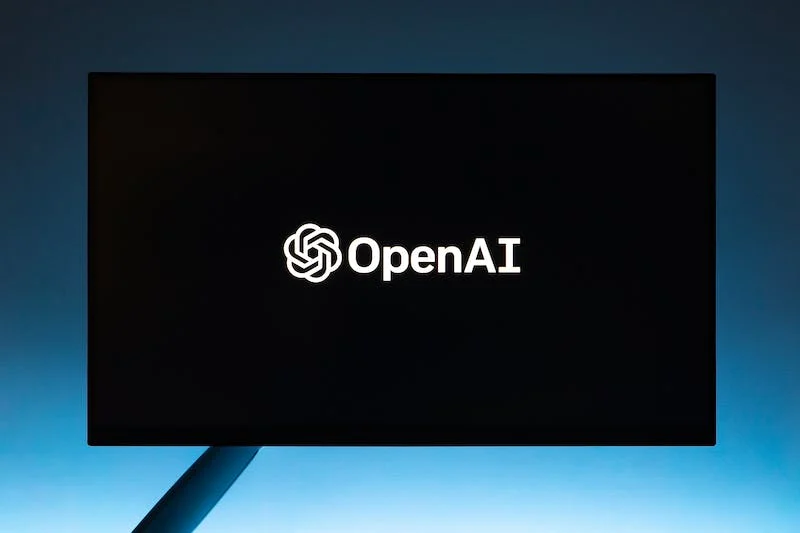Contents
As artificial intelligence (AI), cloud services, and data centers continue their meteoric rise, so too does the global demand for energy. The technologies fueling the digital age are not immaterial; they require vast amounts of power to operate, and their environmental footprint is becoming impossible to ignore. Against this backdrop, energy efficiency and green technology have surged to the forefront of innovation. From renewable energy investments to advanced cooling systems, the push to make digital infrastructure sustainable is transforming industries and policies worldwide.
The Energy Appetite of the Digital Era
The growth of AI and cloud computing has created an unprecedented energy demand. Training large language models, for instance, can consume as much energy as hundreds of households use in a year. Data centers, the backbone of the internet, now account for roughly 1-2% of global electricity use and rising. With the proliferation of AI-driven services, streaming platforms, and enterprise cloud adoption, that share is expected to grow.
This energy use isn’t just a financial cost—it’s also an environmental one. Many data centers rely on grids still powered by fossil fuels, driving up carbon emissions. As climate change accelerates, the digital industry faces mounting pressure to cut emissions and adopt greener practices.
The Drive Toward Energy Efficiency
Companies across the globe are racing to make their infrastructure more energy-efficient:
- Hardware Optimization: Tech giants are investing in custom silicon chips optimized for AI workloads. These chips, such as Google’s Tensor Processing Units (TPUs) and Apple’s neural engines, are more energy-efficient than general-purpose CPUs and GPUs.
- Cooling Innovations: Cooling systems are among the biggest energy drains in data centers. Innovations like liquid cooling, immersion cooling, and AI-optimized climate control are reducing energy needs significantly.
- Server Virtualization: By running multiple virtual servers on fewer physical machines, data centers can cut down on idle hardware and maximize energy efficiency.
- Edge Computing: Moving computing closer to where data is generated reduces the need for long-distance transmission and centralized processing, cutting both latency and energy consumption.
The Green Tech Revolution
Energy efficiency alone is not enough. A parallel revolution is underway in green technology to power digital infrastructure more sustainably:
- Renewable Energy Investments: Major tech firms like Microsoft, Google, and Amazon are signing long-term power purchase agreements (PPAs) with wind and solar farms. These commitments are helping drive the global expansion of renewables.
- Carbon Capture: Companies are investing in carbon capture and storage (CCS) technologies to offset emissions that can’t yet be eliminated. Microsoft, for example, has pledged to become carbon negative by 2030, in part through CCS initiatives.
- Green Hydrogen: As a potential fuel source for backup power and heavy-duty energy needs, hydrogen generated from renewable sources is gaining traction as a cleaner alternative to diesel generators in data centers.
- Circular Economy Practices: Beyond power, tech firms are embracing sustainability in hardware design—recycling components, reusing materials, and minimizing e-waste.
Policy and Regulation
Governments are playing a critical role in pushing for energy efficiency and green tech adoption. The European Union, through initiatives like the European Green Deal, is setting ambitious climate targets that include the digital sector. In the United States, states like California are requiring renewable integration and stricter efficiency standards for large-scale computing facilities.
In Asia, Singapore has placed a moratorium on new data centers unless they meet stringent green requirements, while China is aggressively pursuing both renewables and local data center innovation as part of its dual carbon goals.
Benefits Beyond the Environment
Sustainable technology isn’t just about reducing emissions. Energy-efficient infrastructure offers a host of benefits:
- Cost Savings: Lower energy use translates into reduced operating costs for businesses.
- Resilience: Renewable energy integration and efficiency improvements can protect against volatile fossil fuel prices and supply chain disruptions.
- Brand Value: Companies adopting green practices gain reputational advantages, appealing to environmentally conscious consumers and investors.
- Innovation Catalyst: The pursuit of sustainability drives new technologies that can ripple into other industries, from construction to transportation.
Challenges on the Path to Green Tech
Despite progress, several challenges remain:
- Scalability of Renewables: Renewable energy infrastructure still needs to expand rapidly to meet surging demand from digital services.
- High Upfront Costs: Although efficient chips and cooling systems save money long-term, their initial costs can be prohibitive for smaller companies.
- Carbon Accounting: Measuring and verifying emissions reductions, particularly across global supply chains, remains complex.
- Rebound Effect: Efficiency improvements sometimes lead to increased consumption, as cheaper computing power drives demand for even more services.
The Global Race Toward Sustainable Digital Infrastructure
Tech giants are at the center of this transformation. Google has committed to running entirely on carbon-free energy by 2030. Amazon has pledged net-zero carbon by 2040 and is already the world’s largest corporate buyer of renewable energy. Microsoft is pursuing not only carbon neutrality but carbon negativity, aiming to remove more carbon from the atmosphere than it emits.
Meanwhile, startups are innovating in areas like sustainable chip design, modular data centers, and AI-driven energy optimization. Venture capital is flowing into green tech solutions, creating an ecosystem of innovation designed to align the digital revolution with the planet’s needs.
Looking Ahead
The coming decade will determine whether the digital transformation can align with climate goals. The integration of renewable energy, advancements in green tech, and efficiency breakthroughs will shape the sustainability of the internet and AI. Collaboration between governments, corporations, and innovators will be essential to ensure that growth in AI and cloud services doesn’t come at the expense of the planet.
Ultimately, the challenge is not just technical but cultural. The world must embrace the idea that digital progress and environmental sustainability are not mutually exclusive. Energy efficiency and green technology offer the path forward—powering the digital future without depleting the resources of tomorrow.

Further Reading
- Generative AI Everywhere: The Transformative Power of AI Models in Everyday Life
- Agentic AI and the Future of Autonomous Systems
- AI in Healthcare: Opportunities and Risks
- Global Investment Trends in Renewable Energy




